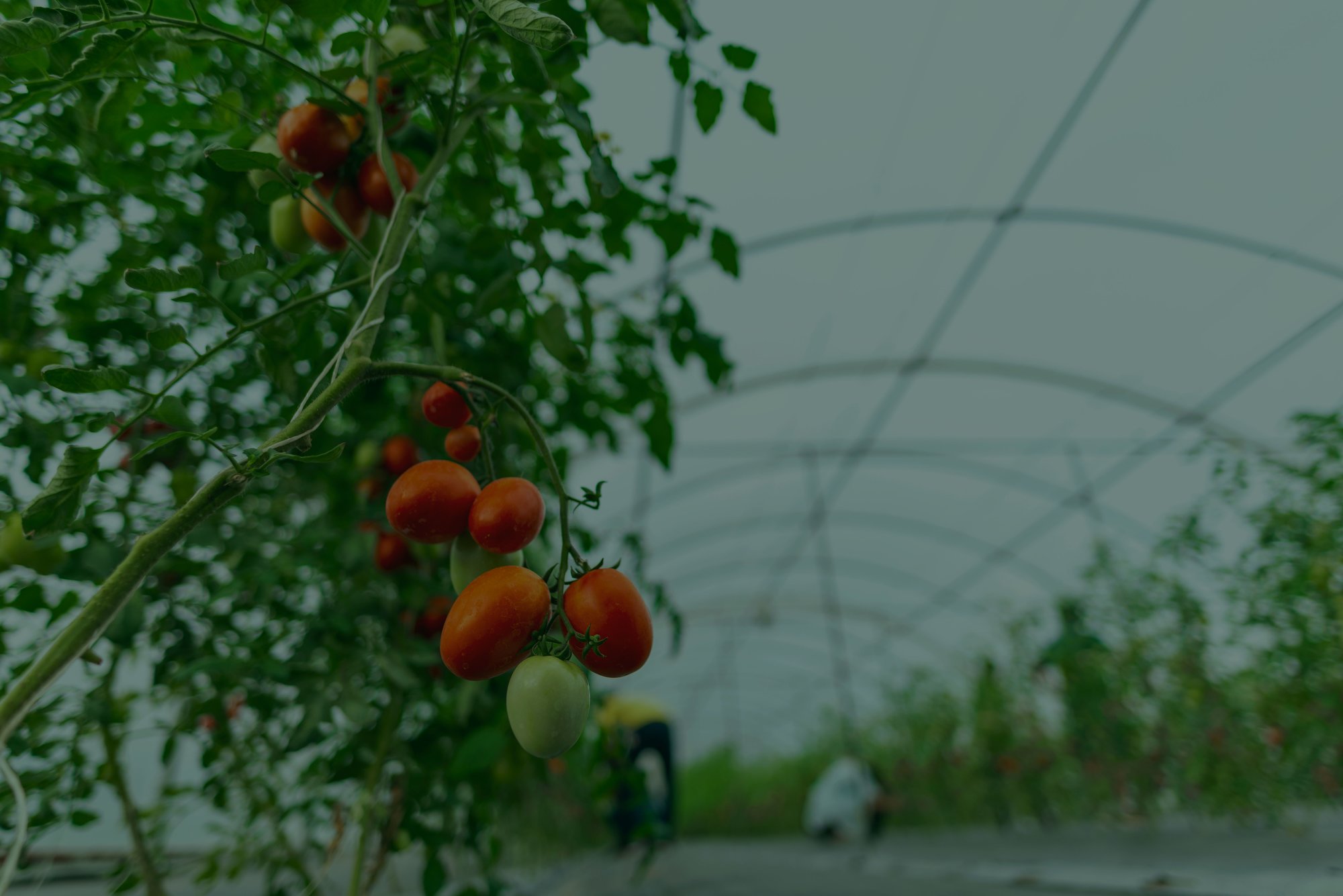
RegEnergy
Newsroom
From farm to plate - How greenhouse farming could be the future of food production
Unlike traditional agriculture, which is often at the mercy of nature, greenhouse farming offers different options. Here there is control over temperature, humidity, and nutrients. This results in optimal growing conditions for plants that thrive without pesticides and herbicides.
In Frövi, Sweden, there is now a completed 100,000 m2 greenhouse that will produce enough tomatoes to cover approximately 1/10 of Sweden's total tomato consumption in the future. And while you might think that greenhouse farming is not suited to cold climates, the opposite is true. In colder climates, the greenhouse isn't as humid, which is good for plant growth. In addition, it's easier to add heat to a greenhouse than to eliminate it. This makes the climate in Sweden ideal for growing tomatoes in greenhouses.
The greenhouse in Frövi utilizes surplus heat from a nearby paper products factory, Billerud, to heat the greenhouse in a completely circular system where the heated water is transported around the greenhouse and returned cooled to the factory. This means that the greenhouse is heated in a completely cost-efficient way. At the same time, the LED lights in the greenhouse create the perfect microclimate for the tomatoes.
The key to the success of greenhouse farming lies with dedicated growers. They constantly monitor plant health, use advanced technology to analyze data, and make precise adjustments to the greenhouse environment. By studying details such as leaf number, stem thickness, and plant spacing, they can optimize growing conditions down to the smallest detail. This constant monitoring ensures an optimal yield of healthy and tasty tomatoes.
Benefits of growing crops in a greenhouse:
- Controlled environment: Temperature, light, humidity, and nutrients can be optimized for optimal growth.
- Pesticide-free crops: As there is full control over which insects you want to bring into the greenhouse, there is no need to spray the plants with chemicals.
- Year-round production: Independence from weather conditions enables fresh crops to be grown all year round.
- Sustainable production: Excess heat can be used for heating and water consumption can be minimized.
With an increased focus on food safety in the EU, the RegEnergy project in Frövi exemplifies what future food production could look like. The greenhouse can extend the period of local tomatoes from just summer to year-round tomato production in Sweden.
Watch all videos here:
- Video 1: From Dutch greenhouses to Swedish tomatoes: How FoodVentures is changing agriculture
- Video 3: Innovation in food production in Sweden: Local, fresh tomatoes packed with flavor
- Video 4: The important greenhouse mission of bumblebees
Selected RegEnergy fund
By 2030, it is estimated that up to 53% of Europe's energy consumption will be lost in the form of excess heat (https://www.whyenergyefficiency.com/solutions/allsolutions/the-worlds-largest-untapped-energy-source-excess-heat). In addition, water shortages and drought are a growing problem in several of the countries where tomatoes, for example, are currently produced. It therefore makes sense to move production closer to the consumer.
The project in Frövi is just the first project in the Selected RegEnergy fund. The fund's ambition is to establish several projects, including greenhouses, where waste products from industrial production are used for sustainable food and biomaterial production.
An investment in the Selected RegEnergy fund is a long-term investment where you as an investor can look forward to an average annual return of over 15%.


